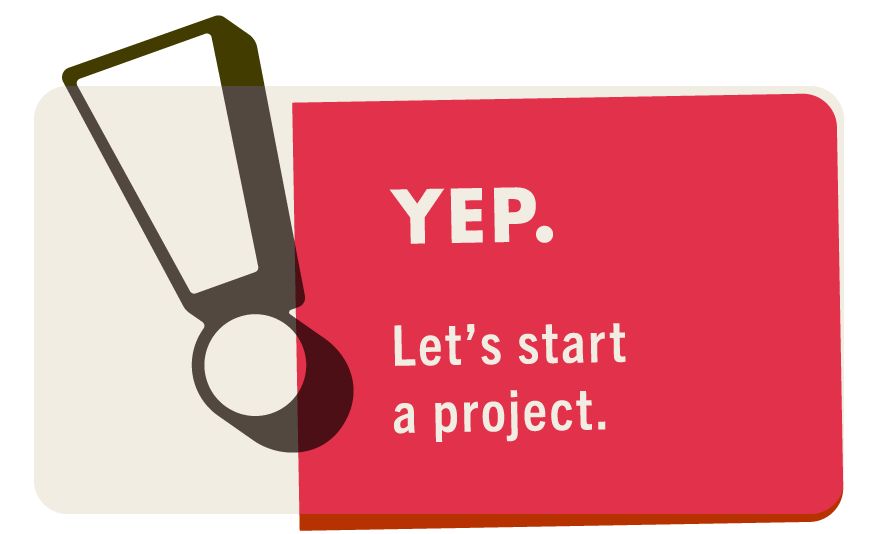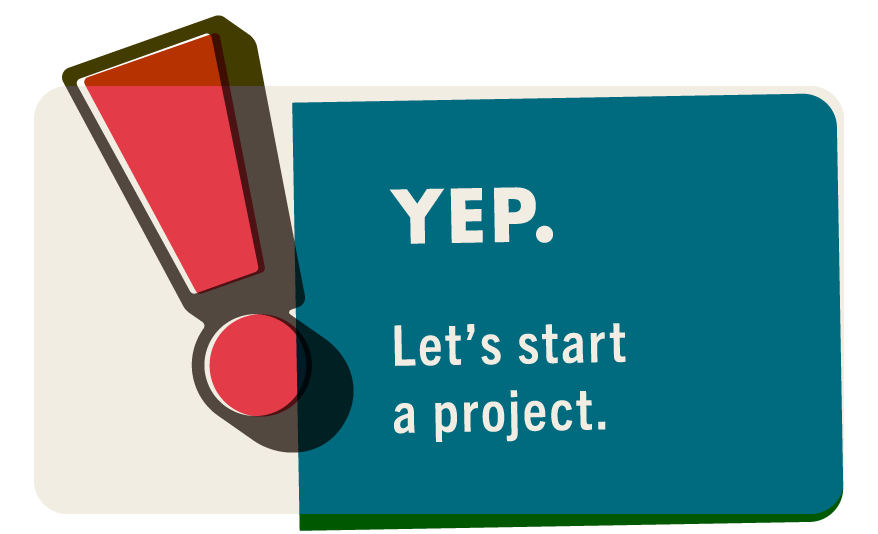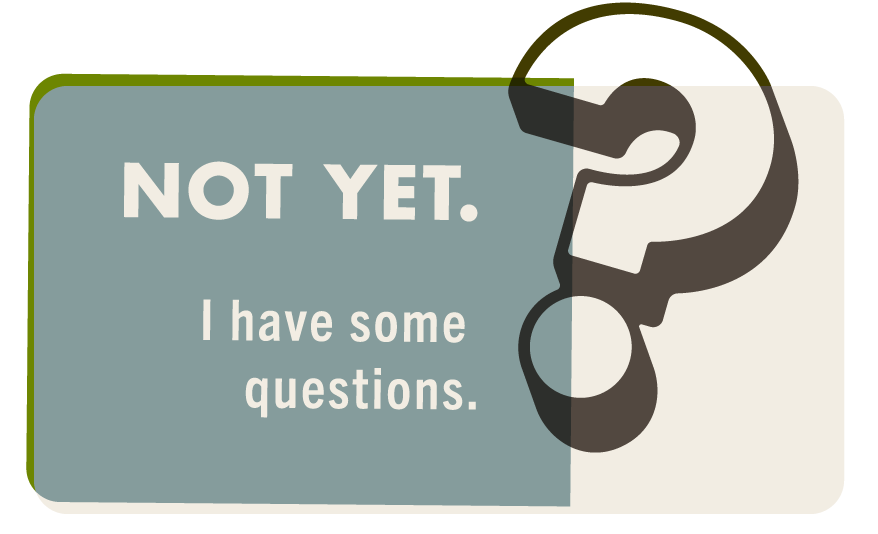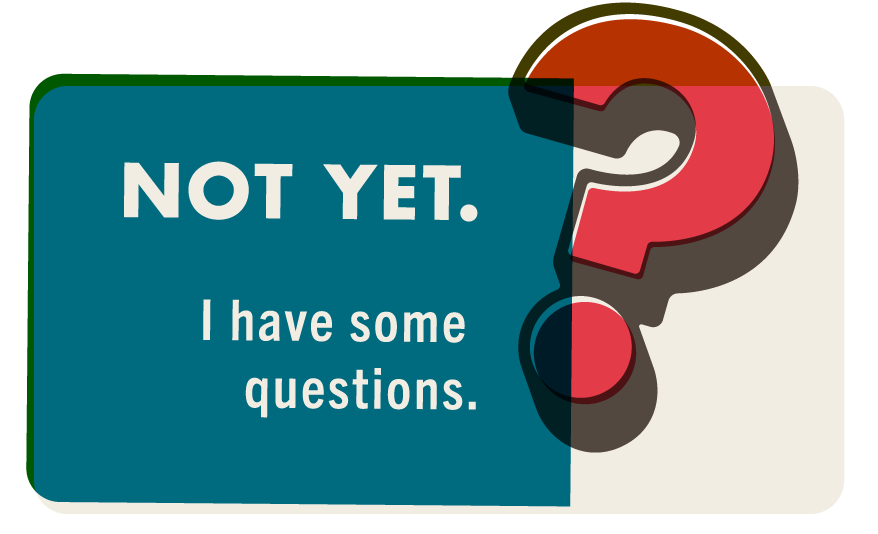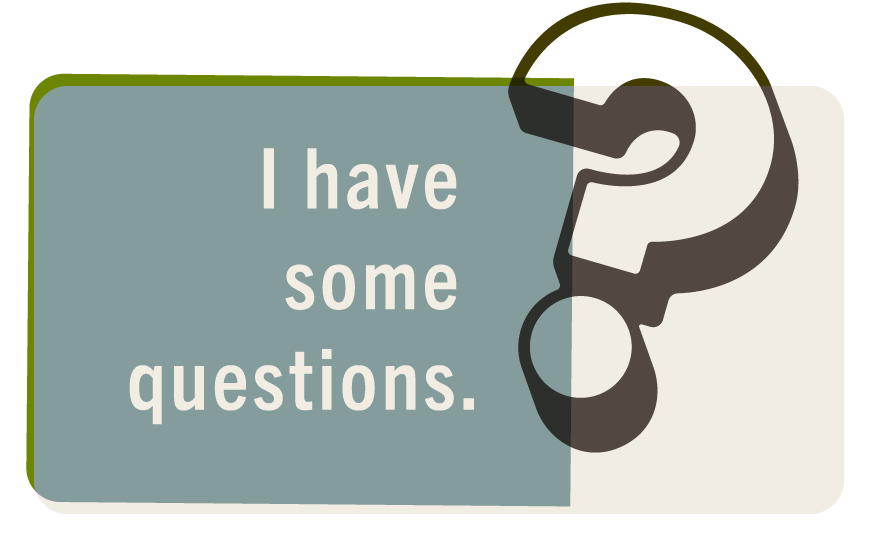What the heck is branding?
Branding is certainly a buzzword right now. Based on what you see online, you would think that branding is a strange and mysterious concept, freshly forged by the marketing gods, and given to the world to guide us into a new age of prosperity and peace.
Maybe so. (I’m not here to upset the marketing gods.)
But let’s shine some light on branding and clear away the fog. To get a good grasp of the meaning of branding, you have to understand what the heck a brand is. If you haven’t read our article defining brand, you might want to read that first. Don’t say I didn’t warn you.
Let’s demystify branding.
By Kyle Hodgman
04/03/2024
The Definition of Branding
Our definition of a brand is a person’s instinctive ideas about a business, product, or service. If that’s the case, then…
Branding is any act or exercise that influences a brand.
When we map the definition of branding onto the Communication Model, Your Business is the Sender, Your Brand is in the mind of the Receiver, and Branding is the process of crafting the Message.
If you have a business, you have an idea of how you want to be seen and understood. But since your brand lives in the mind of the Receiver, your brand is out of your direct control. What you want people to think and feel about your business and what they truly think and feel about your business might not be the same.
Branding can take what your brand truly is and nudge it towards what you want your brand to be.
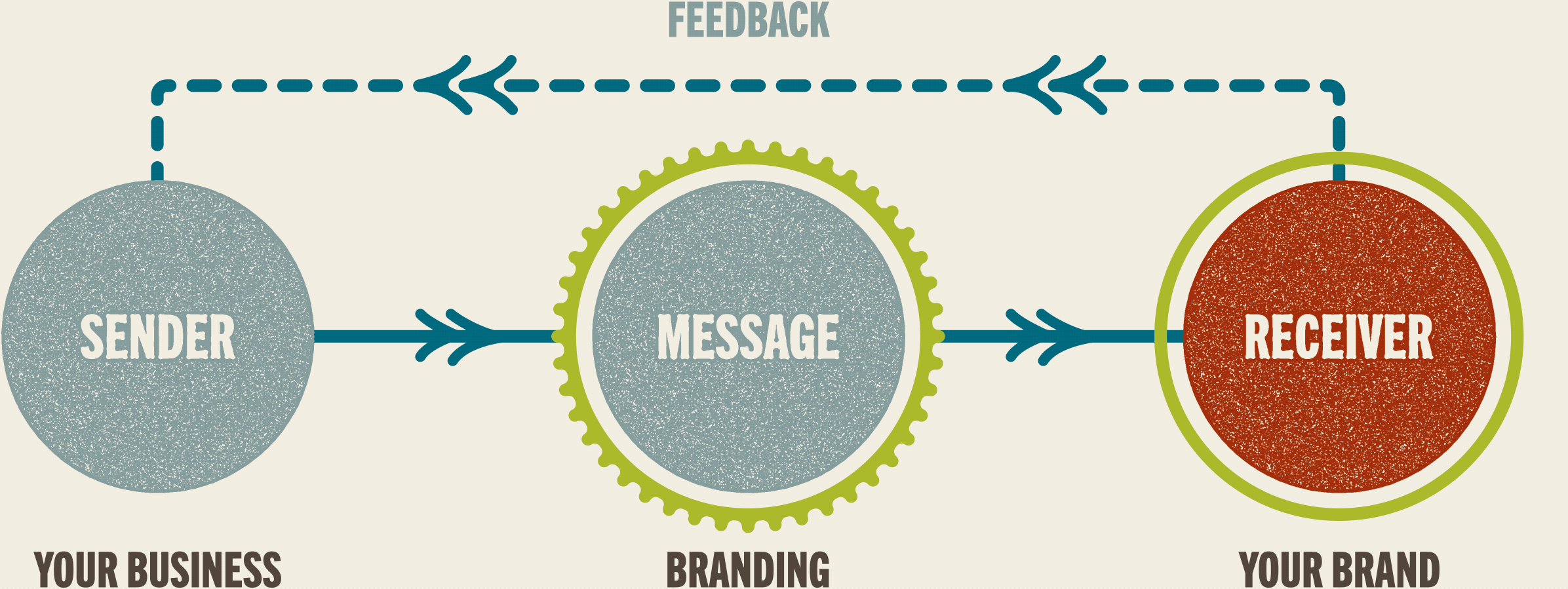
Branding is not a logo.
A logo is part of branding.
Our definition of branding is a verb: any act or exercise that influences a brand. If you’re cool with that definition, at this point you might be wondering “Where are all of those brand things? You know. Like a logo. Where does that fit into all of this branding nonsense?”
I’m glad you asked so eloquently.
When you want to influence your brand, you start with an idea of how you want your brand to be seen and understood. The act of branding (verb) takes that idea and turns it into something observable. Those observable things that get crafted are called brand assets (noun).
Brand assets are the tools that are created through the process of branding. They are the ideas made observable. Brand assets include names, slogans, logos, icons, visual identities, mascots, packaging, jingles, sonic logos, motion graphics, photography styles, tone-of-voice guides, brand narratives, and so much more. If it can be defined as Intellectual Property, be observed through our five senses, and influence a person’s instinctive ideas of your business, product, or service, then it is a brand asset.

These two terms (branding and brand assets) are so interconnected that they often get lumped together. You will often hear the word branding used as a noun to refer to business names, logos, slogans, and so on. I’m just as guilty of this as the next guy. But for now, we’re going to keep those terms separate. And it’s for a good reason.
(Here’s that good reason.) Brand assets are just that; assets. These little nuggets of intellectual property can be owned and protected. This gives brand assets legitimate value. That value is partly monetary. But it’s also in the power of being able to make your brand distinct.
Effective Branding
Branding has three superpowers:
- Branding can differentiate you from your competition
- Branding can build trust with your audience
- Branding can communicate feelings
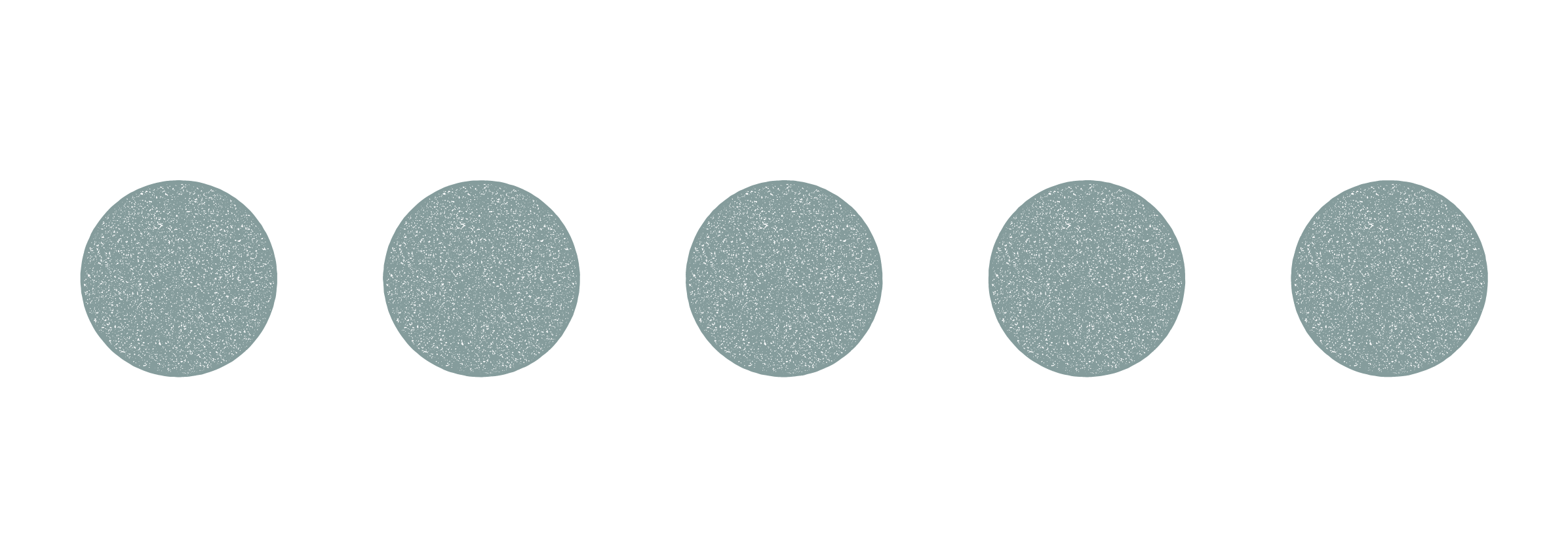
Effective branding will make your brand distinctive. How will your brand grow if your audience confuses your brand with a competitor’s? Why would your audience pick you if they think your brand offers essentially the same thing as your competitors? (If your answer is price, there will always be someone to undercut your prices. If your answer is better service, there will always be someone to outperform you.) Being understood as meaningfully different from your competitors is essential to growing your brand. (Read Romaniuk and Sharp's "How Brands Grow" to learn more about distinctive brands)
Effective branding will build trust with your audience. We have too little time and too much information. How can we ever know the best way to spend our money? We rely on instinct; snap subconscious decisions. These subconscious instincts aren’t triggered by information about features or benefits. They are triggered by symbolic characteristics. Effective branding will mold these symbolic characteristics into something your audience finds trustworthy. Marty Neumeier said it best, “If I can trust the maker, I can buy it now and worry about it later.” (Read Neumeier's "The Brand Gap" to learn more about brand trust)
The power of branding is that it fuses artistic expressions with intentional messaging. This isn’t an accident or a byproduct. It’s the goal. Leveraging images, words, sounds, and even smells can create feelings that raw data can’t. This lets us communicate more information, to a person’s conscious and subconscious, all at once. And it makes this communication more memorable. (Read Kahneman's "Thinking, Fast and Slow" for more on subconscious thinking)
You are already doing it
If you have a business, product, or service that anyone knows about, you are already branding and you already have a brand.
Whether you are conscious of it or not, whether you are being intentional about it or not, it is happening. You are constantly communicating something that is influencing a person’s instinctive ideas about your business, product, or service. You are even currently spending time and money on it. If you aren’t being intentional, the scary question is “How are you unintentionally influencing your brand?”
As much positive impact as it can have, branding has the same ability to impact your brand negatively. If you don’t craft the Message, your audience will craft it for themselves.
“Fine. I’m convinced by the sound, logical arguments presented here. I’m fully bought into the value branding can have on my business. I will craft the Message. But how do I know what that Message should be?” (Sorry for making you say exactly what I want you to say so I can move on to the next point. I’ll try and do better in the future.)
That’s where Brand Strategy comes into play.


